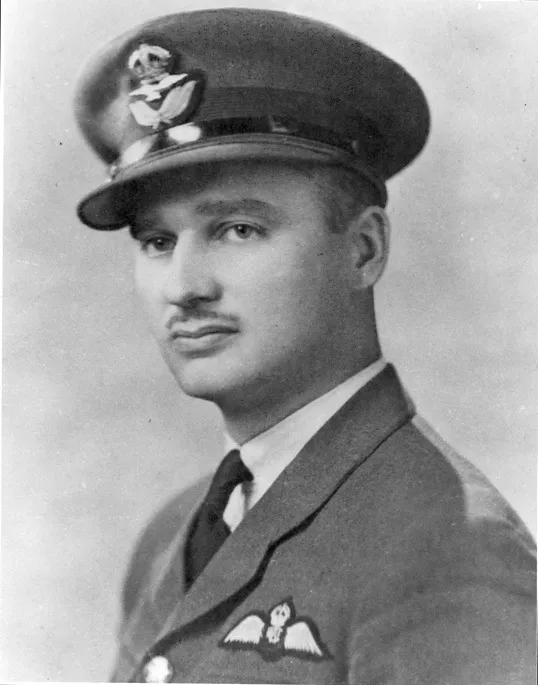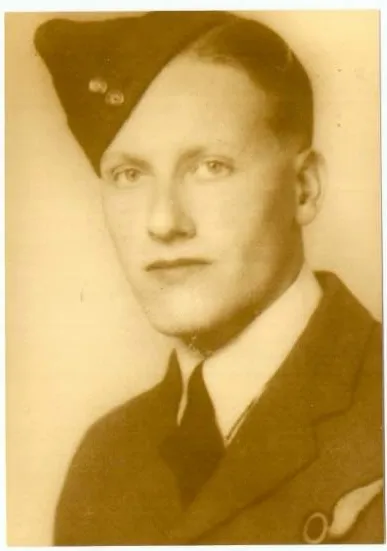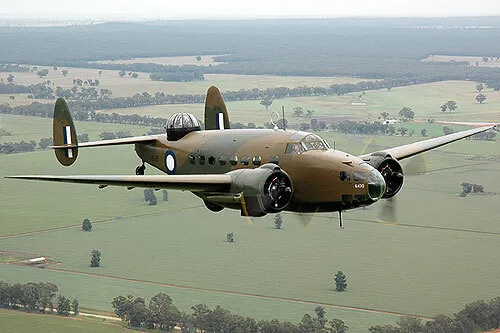Flight Lieutenant Dubuc was also a Sergeant in the Royal Canadian Mounted Police, Regimental No 10982, Aviation Section, the first licensed pilot from Fort Saskatchewan
A book was written about Flight Lieutenant Dubuc in 2005, "Fort Saskatchewan's First Pilot : Louis Romeo Dubuc, June 10, 1907 to September 27, 1941" by Denise Callender





